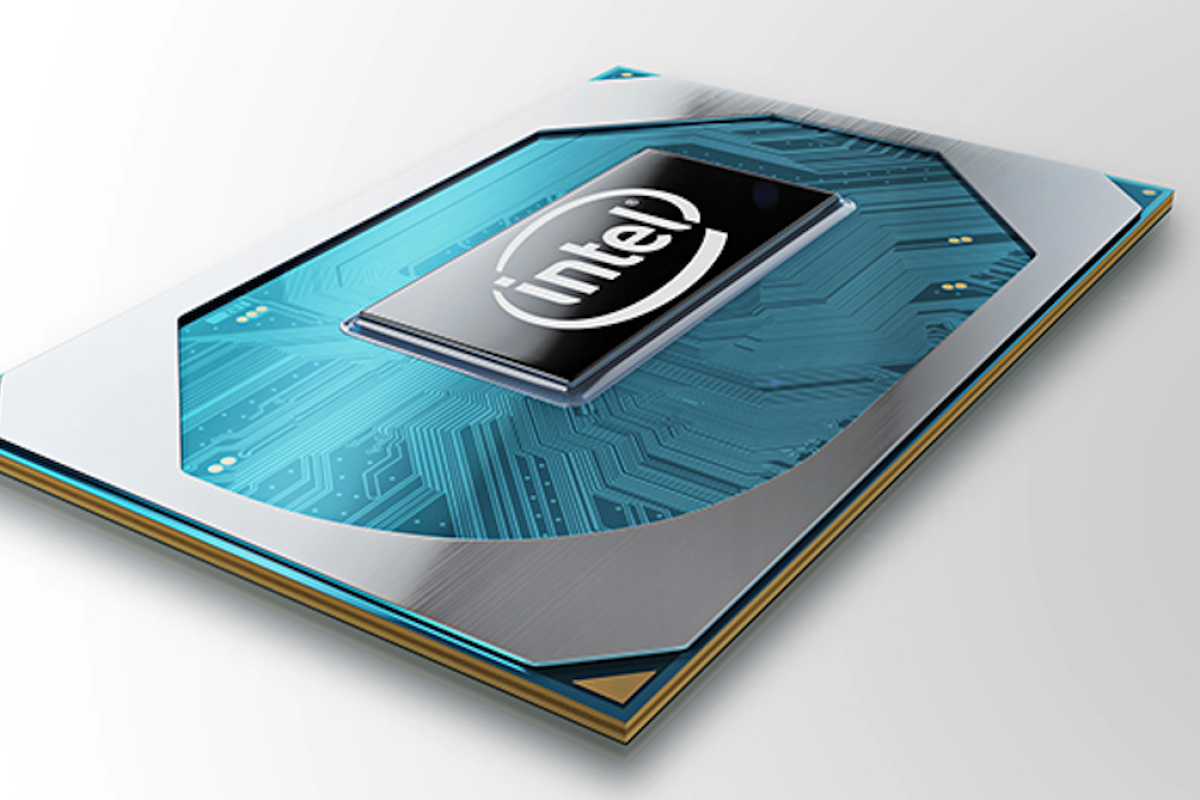Intel has unveiled its newest generation of laptop processors, which are the first to streak past the 5 GHz mark. The 10th Gen Intel Core H-series packs power you’d previously only get in a desktop, allowing for more demanding games and creative tasks. And the first batch of devices making use of them are here too.
This batch of chips, which Intel calls Comet Lake-H, is divided into three classes. The top of the line is the Intel Core i9, which can hit a max frequency of up to 5.3 GHz across its eight cores and 16 threads. The mid-range is the i7, managing up to 5.1 GHz with its eight- or six-core setup, while the i5 rounds out the bottom end with a respectable 4.6 GHz over four cores.
The chips can pull off these numbers thanks to some sneaky built-in optimization options. They all have pretty soupy names hot off a corporate brainstorming session, but they seem to be more or less doing the job.
Intel Turbo Boost Max Technology 3.0 can apparently direct the most important tasks to the fastest cores. Speed Optimizer and Extreme Tuning Utility are tools that let users overclock their systems easily. Thermal Velocity Boost senses when the processor is running cool and automatically cranks up the power. And Adaptix Dynamic Tuning lets device developers monitor factors like temperature and fan speed, to push their designs as far as they’ll go without catching fire.
Speaking of developers, Intel’s reveal was quickly followed by manufacturers announcing their laptops built with the 10th Gen Intel Core H-series. Republic of Gamers, the gaming arm of Asus, unveiled the Zephyrus Duo 15, which has a touchscreen mounted between the keyboard and the main display.

Acer revealed two new gaming laptops at either end of the price spectrum. The Predator Triton 500 packs one of the Comet Lake-H processors (of course), while a GeForce RTX 2080 SUPER or 2070 SUPER GPU handles the graphics. It’s not cheap though, starting at US$2,199.99.
The Acer Nitro 5 is a more wallet-friendly option. It’s powered by the mid-tier Intel Core i7 chip, with GPU options of up to a GeForce RTX 2060. It starts at $749.99.
And finally Razer is also making use of the chipset in its usual flashy flair, with the new Razer Blade 15. This uses the new Intel Core i7 and up to a GeForce RTX 2080 SUPER GPU, and starts at $1,599.
Intel says that over 100 laptops featuring the 10th Gen cores will be launching this year, with 30 or so of them being thin-and-light systems.
Sources: Intel, Windows blog, Razer







